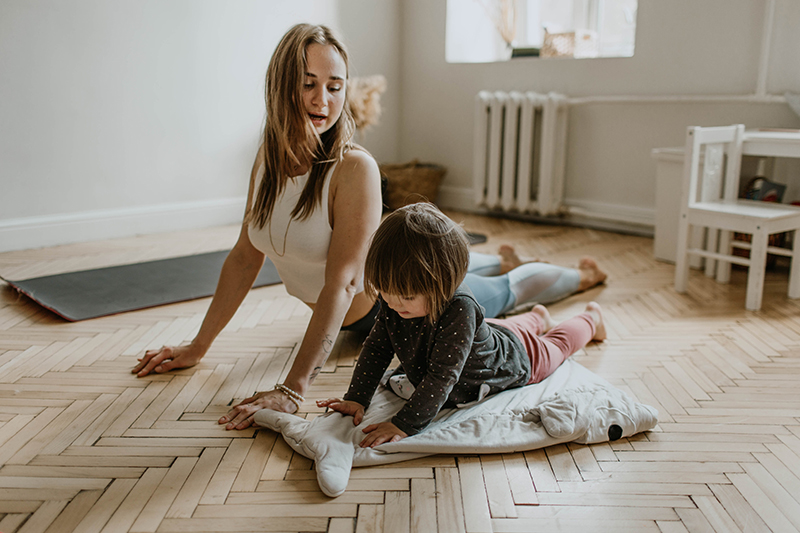
With 42% of women not active enough for good health, the topic of female sports participation is of growing social, political and cultural importance. This concern is reflected in the funding and interventions run by public health bodies, government agencies and sports governing bodies to increase female physical activity. For example, the This Girl Can campaign, launched by Sport England in 2015, is aimed at encouraging more women to be physically active, as well as sport-specific governing body campaigns such as Back to Netball. To maintain general health and wellbeing, individuals should live a balanced lifestyle, in terms of being able to care for themselves, contribute to society, get enough rest and engage in leisure time. However motherhood is a life transition that can impact this balance.
The gender gap in sports participation
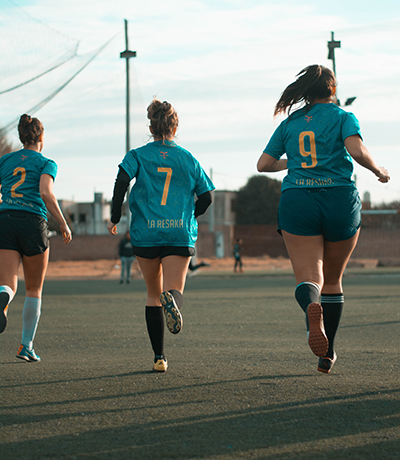 Today, many women who are in cohabiting relationships often live in a ‘dual earner’ household. This can result in women continuing to bear the traditional responsibilities for childcare and housework with paid work simply added to the load. Although
the amount of time women spend on housework has reduced in recent times, the time they spend in childcare and paid work has increased, contributing to the persistent gender gap in leisure time.
Being a mother and running a household while also engaging in paid work have a greater negative effect on women’s leisure time than husbands and fathers; reducing the time available that women have to participate in sport.
Today, many women who are in cohabiting relationships often live in a ‘dual earner’ household. This can result in women continuing to bear the traditional responsibilities for childcare and housework with paid work simply added to the load. Although
the amount of time women spend on housework has reduced in recent times, the time they spend in childcare and paid work has increased, contributing to the persistent gender gap in leisure time.
Being a mother and running a household while also engaging in paid work have a greater negative effect on women’s leisure time than husbands and fathers; reducing the time available that women have to participate in sport.
Domestic responsibilities can also limit the choice of leisure activity for some women. For example, although women feel entitled to leisure, some (particularly those with children) may experience feelings of guilt at spending time away from household responsibilities to partake in their own leisure pursuits. Following the birth of their baby, women often engage in more home-based activities than going to the gym and playing sport. For young women, having a child increases the risks of both stopping a sport and ending club membership.
Support is key
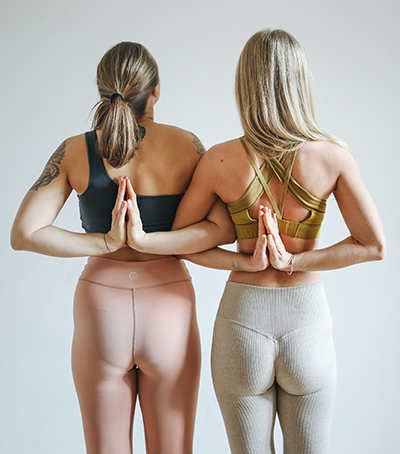 There are many women that continue to play sport after becoming a mother. Some studies have shown that having a child does not have a negative impact on sport participation at all, however this is often connected to gaining support from a partner/spouse or family and friends. Barriers to sports participation appear more negotiable for those women who can seek social support from partners, family, and friends. It has also been reported that women with higher socio-economic status typically receive the most support from family and friends due to having a greater social network. However, even for those women that do remain active, motherhood can still shape the type of activity they engage in. For example, individual activities
are often preferred as they are easier to negotiate than participation in team sports which require
commitment to set times and dates.
There are many women that continue to play sport after becoming a mother. Some studies have shown that having a child does not have a negative impact on sport participation at all, however this is often connected to gaining support from a partner/spouse or family and friends. Barriers to sports participation appear more negotiable for those women who can seek social support from partners, family, and friends. It has also been reported that women with higher socio-economic status typically receive the most support from family and friends due to having a greater social network. However, even for those women that do remain active, motherhood can still shape the type of activity they engage in. For example, individual activities
are often preferred as they are easier to negotiate than participation in team sports which require
commitment to set times and dates.
Research with elite and recreational sportswomen
From our own research with recreational netballers and elite winter sportswomen, there are common themes across both groups of women that appear to influence why and how they continue to engage in sport after becoming a mother.
Firstly, the why is often associated with the value that these women place on sport, often viewing it as essential to maintaining both their physical and mental well-being. For many of the recreational sportswomen in our studies, playing sport is often considered their ‘me time’ and much needed space away from their family and work lives. This is echoed by elite athletes who, while sport was their job, were also craving the normality that their sport provided:
I was just trying to run I suppose to find myself a little bit again and get me back together, it was my identity I just wanted to be able to run.But while sport provides an element of normality and escape, the decision to combine motherhood and sports participation can present some challenges.
These challenges are in part due to the physical nature of sport and women’s uncertainty in relation to how their bodies will change and adapt and whether they will still be able to perform as well. Furthermore, in some cases women still have to negotiate cultural norms and gender ideology that promotes how women’s ‘true role’ is to have and care for children which can cause tension in the context of sporting participation. Research suggests that becoming a mother can actually help sports performance, potentially giving the women a different perspective on their sport and that the duel identity (of mother and athlete) could in fact make them a better athlete, as it enabled them to feel complete in all areas of their life. For example, one elite athlete reflects:
I think she (her daughter) has made me a better person, she has probably made me a more confident athlete, I think she has made me a more confident person and I think that has transferred into the athlete that I am.The strength and value women place on sport directly contributes to their continued participation. This in turn is mediated by a variety of factors, but most strongly by having access to a solid support network that permits them the space and time to engage in their sport. Partners and spouses typically share the childcare and household duties, provide emotional support, and are understanding of sport as a part of the women’s lives. Often the partner or spouse also holds strong values regarding the importance of sport, which contributes towards their understanding and support. Social support networks also span out to grandparents, friends and even teammates, with children being taken to matches or training and supervised by others.
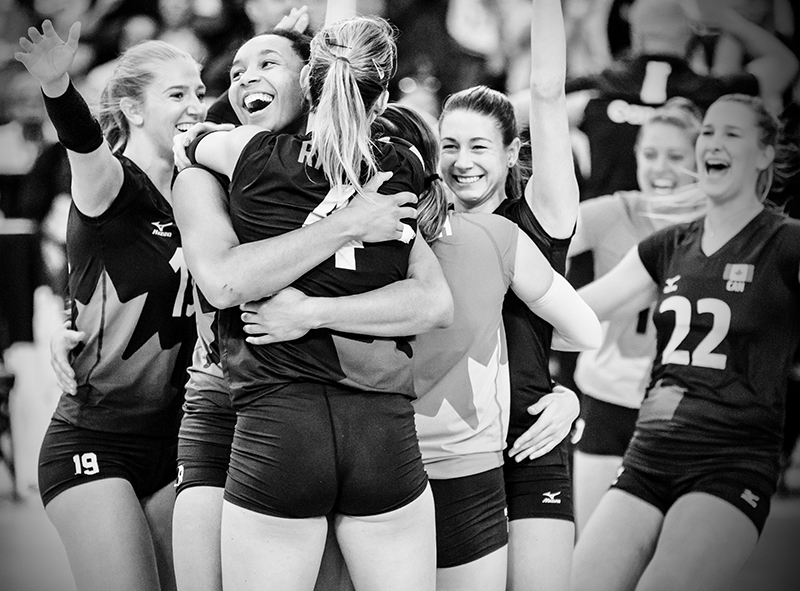
Our own findings, alongside existing research, suggest managing motherhood and sports participation result in successful outcomes, with women regarding the experience as positive whether in terms of their career, their mental health and well-being or other factors. Their continued involvement in sport allows them to maintain their sense of self and their athletic identity but also adopt the new role of mother in a complementary rather than a conflicting way.
Explore more articles in this collection of Women in sport.

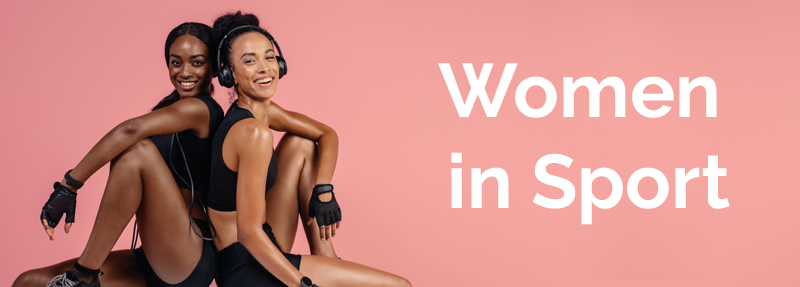





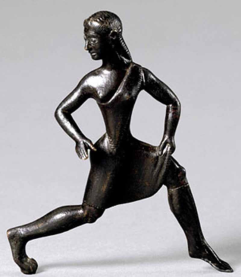
Rate and Review
Rate this article
Review this article
Log into OpenLearn to leave reviews and join in the conversation.
Article reviews